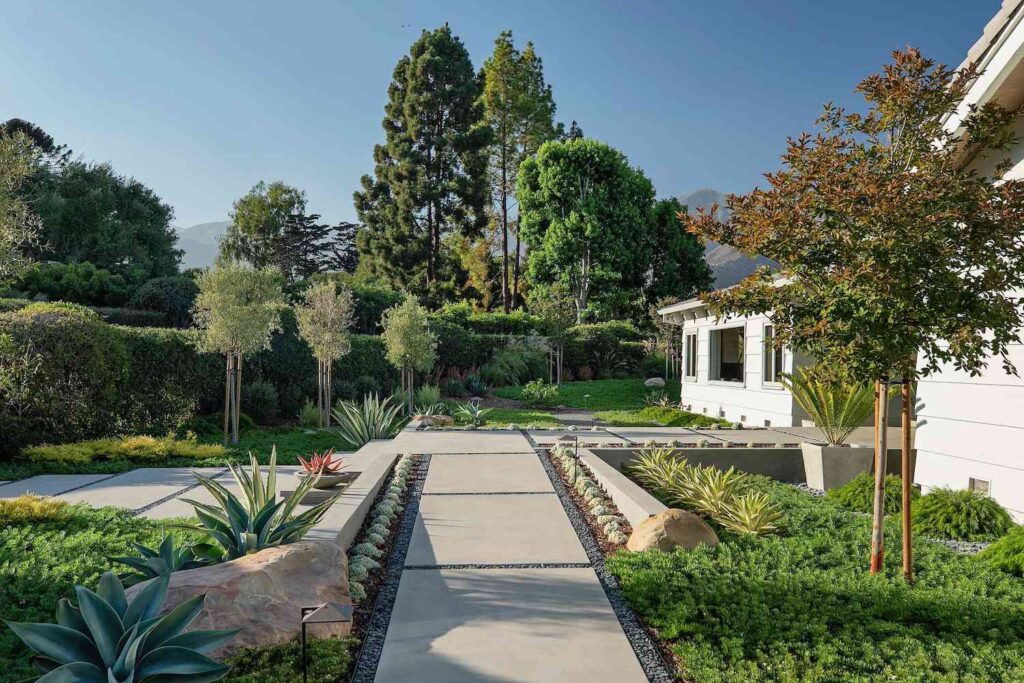In crafting the quintessential outdoor oasis, the artful integration of hardscape and landscaping is paramount. The strategic juxtaposition of durable materials such as stone or brick with the soft, vibrant textures of flora not only accentuates aesthetic appeal but also ensures a practical flow throughout the space. Considerations of scale, proportion, and compatibility of materials play critical roles in achieving a harmonious environment that invites relaxation and enjoyment. Yet, the process of selecting the perfect combination of these elements involves a deep understanding of both design principles and the inherent characteristics of the chosen materials. How does one strike the ideal balance between these diverse components to create a cohesive and captivating outdoor sanctuary?
Understanding Hardscape and Landscaping Fundamentals
Hardscaping, a critical component of landscape design, involves the integration of non-living elements into the outdoor environment. This foundational aspect not only structures the physical layout but also defines the flow and functionality of the space.
Key hardscape features include patios, retaining walls, walkways, and outdoor kitchens, each serving a unique purpose and contributing to the overall aesthetic. Utilizing durable materials such as stone, brick, and concrete ensures longevity and ease of maintenance.
Thoughtful hardscaping creates a sense of belonging and invites interaction, turning outdoor areas into cherished communal hubs. Moreover, strategic placement of these elements can enhance property value by improving curb appeal and optimizing land use, making it an essential investment for any homeowner.
Integrating Plants and Pathways
Blending plants with pathways effectively enhances both aesthetics and functionality in landscape design. Thoughtfully integrating foliage along walkways not only invites a sense of natural beauty but also directs the flow of movement, creating an intuitive and immersive experience.
Consider the use of low-growing ground covers or perennial borders that provide a soft contrast to hard surfaces, guiding visitors with subtle cues. Strategic placement of larger shrubs or statement plants at pathway curves or junctions can serve as organic waypoints, making the journey through your garden an engaging exploration.
Furthermore, incorporating flowering plants that bloom in sequence ensures a dynamic display that evolves with the seasons, continuously renewing the interest and connection of those who wander your pathways.
Choosing Materials for Cohesion
To achieve a seamless integration between Hardscape and Landscaping, the selection of materials plays a pivotal role. Opt for materials that echo the inherent qualities of your natural surroundings to enhance a sense of belonging and continuity.
For instance, using local stone for pathways or patios not only grounds your design but also supports local industries. Consider the color palette of your existing landscape; choose materials with hues that complement or subtly contrast with the flora.
Additionally, the texture of materials should harmonize with the garden’s elements—smooth concrete works well with modern designs, while rough, natural stone suits rustic environments.
Sustainability is key; prioritize materials that are durable, low maintenance, and environmentally responsible to ensure a cohesive and enduring outdoor oasis.
Read More:
Elevate Your Outdoor Space: The Benefits of Hardscape and Landscaping Design

